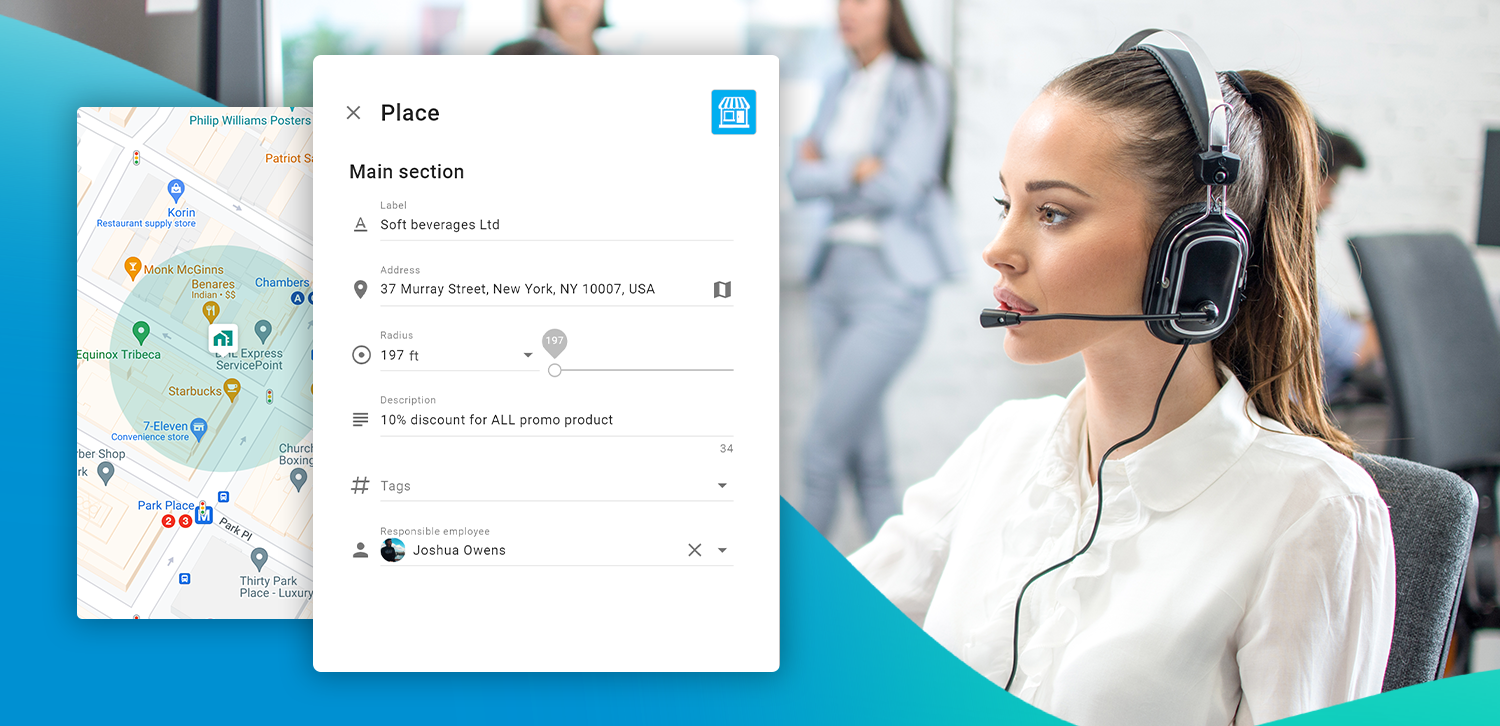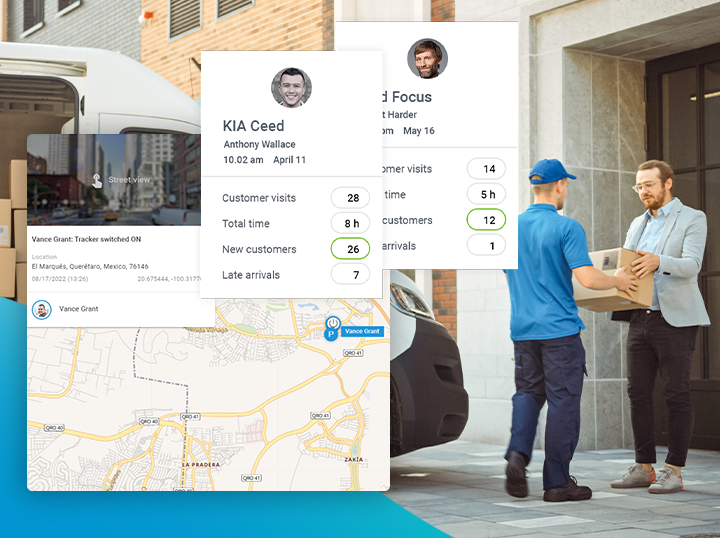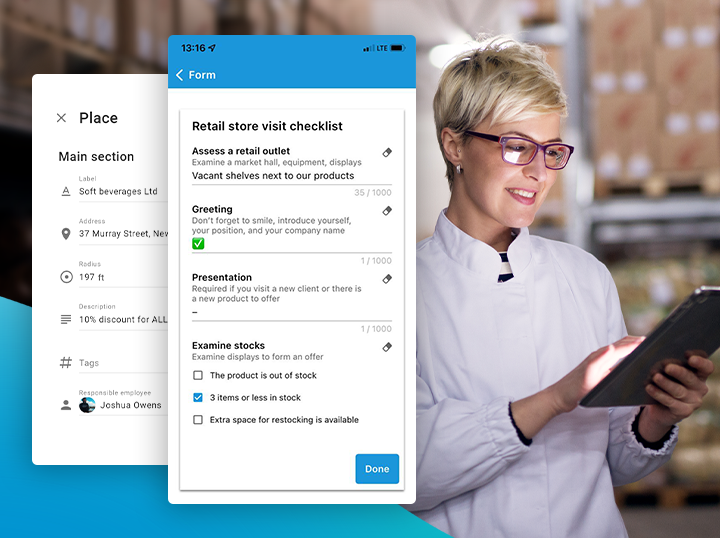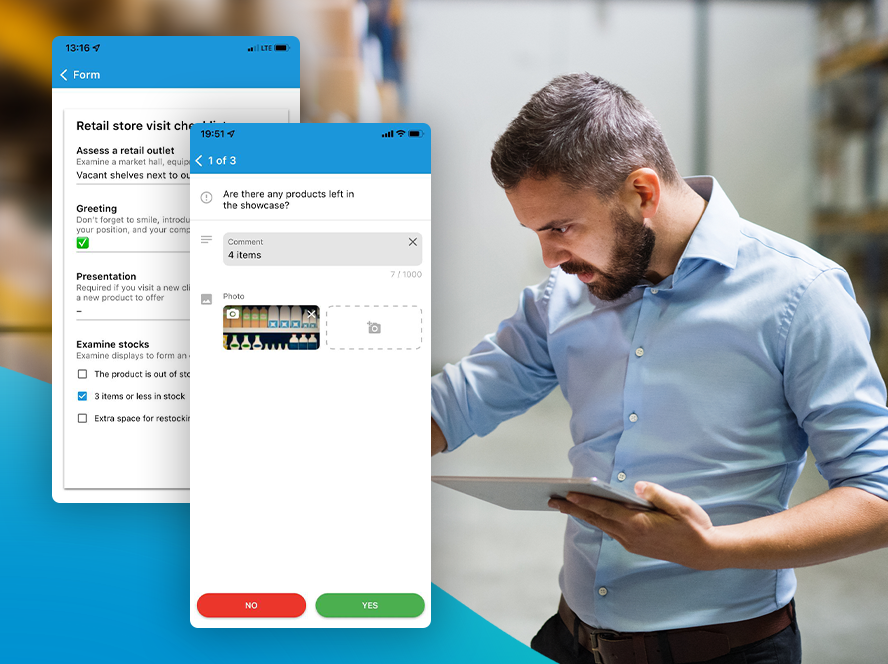Communication with the clients over the phone is a significant part of the service. It’s provided by many companies from retailers and delivery to customer service. Usually clients contact customer support in two cases: initially, to order a service; and once the problem occurs. The article explains what tone of voice to choose and how to act in difficult situations to ultimately get loyal customers.
Why it’s really crucial to speak effectively to your clients over the phone
Professionals are always eager to build long-term relationships with their clients rather than encourage them to make a one-time purchase whether it’s physical goods or services. That’s why customer support over the phone is an important component in B2C communication. It allows you to accept gratitude, evaluate the quality of work, and solve problems. Even if a client is upset and doesn’t want to come back, correct communication over the phone may turn them into a loyal customer, who will come back again and again.
To make it possible, let’s talk about building communication to influence the loyalty of your customers.
Emotional component
Picture the scene: you are stuck in an elevator and you need help. You push an emergency button, but no one answers the call at first and then you hear a strict voice: “What happened?”
You’re describing the situation and hear only one word: “Wait” in response. No explanation on how long you’ll have to wait, no sympathy for your position.
When your customer calls you – regardless of an issue – it means that the emotional component of a call is as important as finding a solution to the problem.
Your customer support operators should have strong people skills to talk to your customers over the phone politely, calmly and professionally. To have a successful call the following questions must be answered in the affirmative:
- Are you calm while talking to a customer?
- Do you show patience and poise?
- Are you an active listener and not trying to interrupt a customer?
To answer the phone call one should be in a good mood. Even if customers don’t see you, they hear your attitude. And in many cases it’s even more important than speed of problem-solving.
Tips
When a customer calls an operator, it’s crucial to show that the client is really important. We won’t dwell on some basic principles like proper greetings and goodbyes, but will take a closer look at aspects of communication people usually lose sight of.
Be on the same page with clients. Find common ground with a customer. Majority of your customers are not as familiar with the subject as you are. Try to use simple terms and explain it if a client says that he or she doesn’t understand. Yes, it means that sometimes you need to simplify your speech: “Do you see a yellow button left to the central panel? Push it.” Ask your client to take pictures if it helps you to solve their problem.
Show empathy. Sometimes a customer provides their version of events while calling you. You, as a pro, might know that your client is wrong, but you should never interrupt or try to explain how wrong they are. The client is just sharing their vision of the situation, so don’t make them feel stupid.
Be polite. Say thank you to your clients even when they report a problem. “Thank you for telling us”. “Thank you for the detailed problem description”. Thanks to these words, you will win your customer’s trust.
5 easy steps to problem-solving
Every company receives complaints from its customers. It doesn’t matter if these complaints are really significant or easy to resolve, prepare your operators for this kind of phone calls. These are 5 steps to follow during the call:
- Assess the issue. Find out the details to locate the problem.
- Rephrase what you’ve heard from the customer using your own words. It’s important to be on the same page with your customer.
- Say thank you to the customer and apologize. Your clients need to understand they’ve been heard and you are ready to take responsibility for the issue.
- Provide a timeframe needed to solve the problem and give feedback. Identify how much time you need to investigate the case clearly.
- Give your client a phone call on indicated time even if you don’t have a solution yet. Tell the customer that there will be a delay in response and apologize again.
Once the issue is settled, offer your customer a bonus. It would be much easier for an operator to find a proper option if they have comprehensive data on the client: how often they make purchases and what they purchase, what services they use. It’ll help to pick a bonus adjusted to the customer’s individual needs, thus it’ll mitigate the negative impact of the previous experience.

Tips
Working with a negative client’s experience it’s easy to violate business etiquette and worsen the situation. Here are some common mistakes:
Don’t blame it on your colleagues. If a client calls you to complain about one particular employee, do not say that you don’t like working with him either and that you always receive complaints about him. Say thank you to the customer for identifying the problem and apologize.
Choose words wisely. Many clients want you to be compassionate. Nevertheless, try to pick the right words and do not tell your customer you’re sorry that he’s upset if he hasn’t used the word “upset”. Instead of saying, “I’m sorry that happened”, which has become some sort of a corporate standard just sincerely apologize.
Do not make false promises. Mistakes happen and if you know for sure that it will take some time to solve it, don’t make false promises to the client. When they come back and the problem remains unsolved, you’ll lose this customer forever – it will be hard to win their trust back.
Listen to your customers
Phone calls are the source of feedback. No matter what your clients call you for – to say thank you or to complain – use this info to improve your service.
One of the ways to improve your service is to use modern and reliable solutions to manage field operations. When the work of your employees, whether service engineers, delivery men or sales reps, is accurate and well-coordinated, there will be much less reasons for your customers to complain.
B2Field is a solution to manage the work of your field employees from planning their activities to getting reports. Key B2Field options for web version and mobile app include:
- Task planner to dispatch jobs to your mobile workforce,
- Comprehensive control to track your staff’s location, monitor their performance,
- Mobile forms to collect field data
- Automatic reports on your field employees’ performance.






















